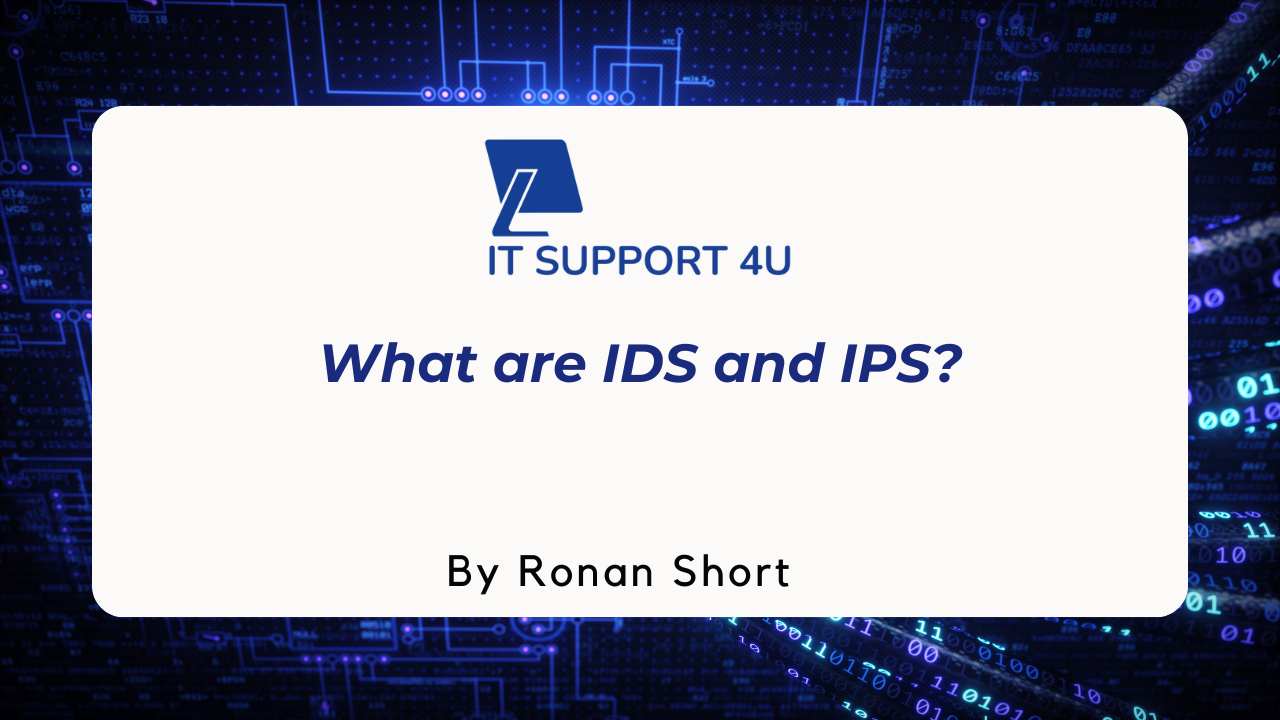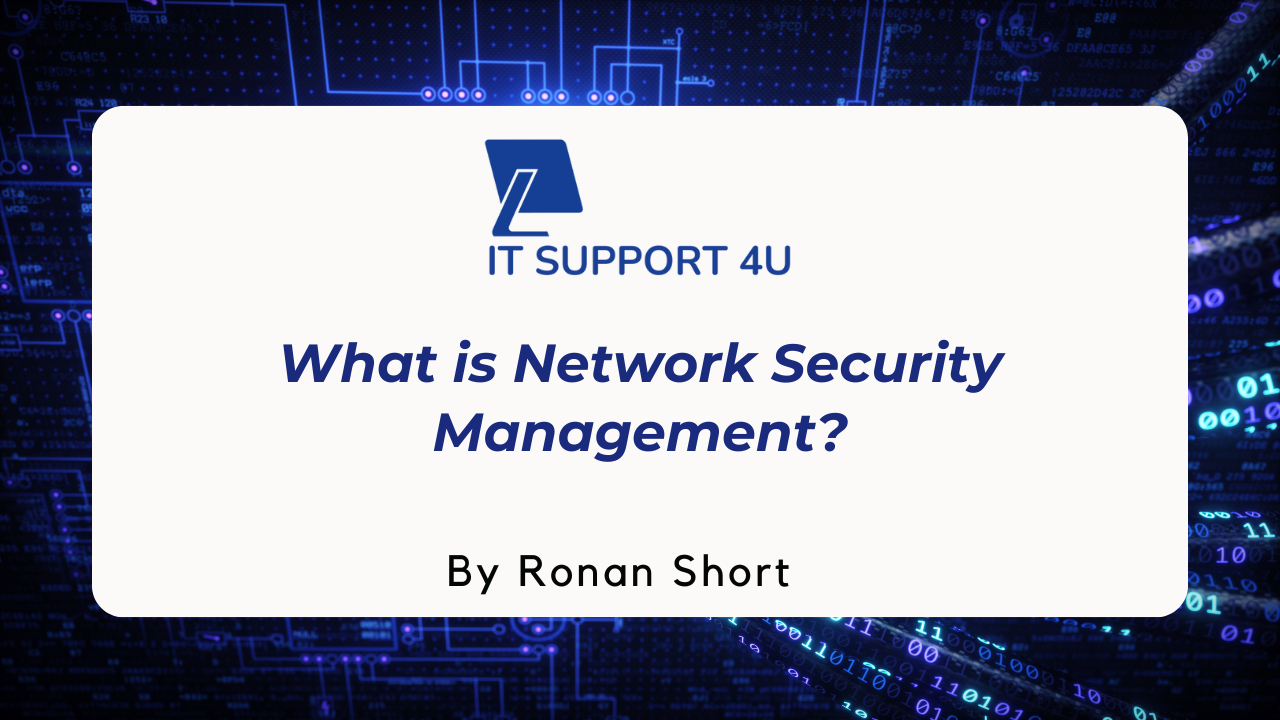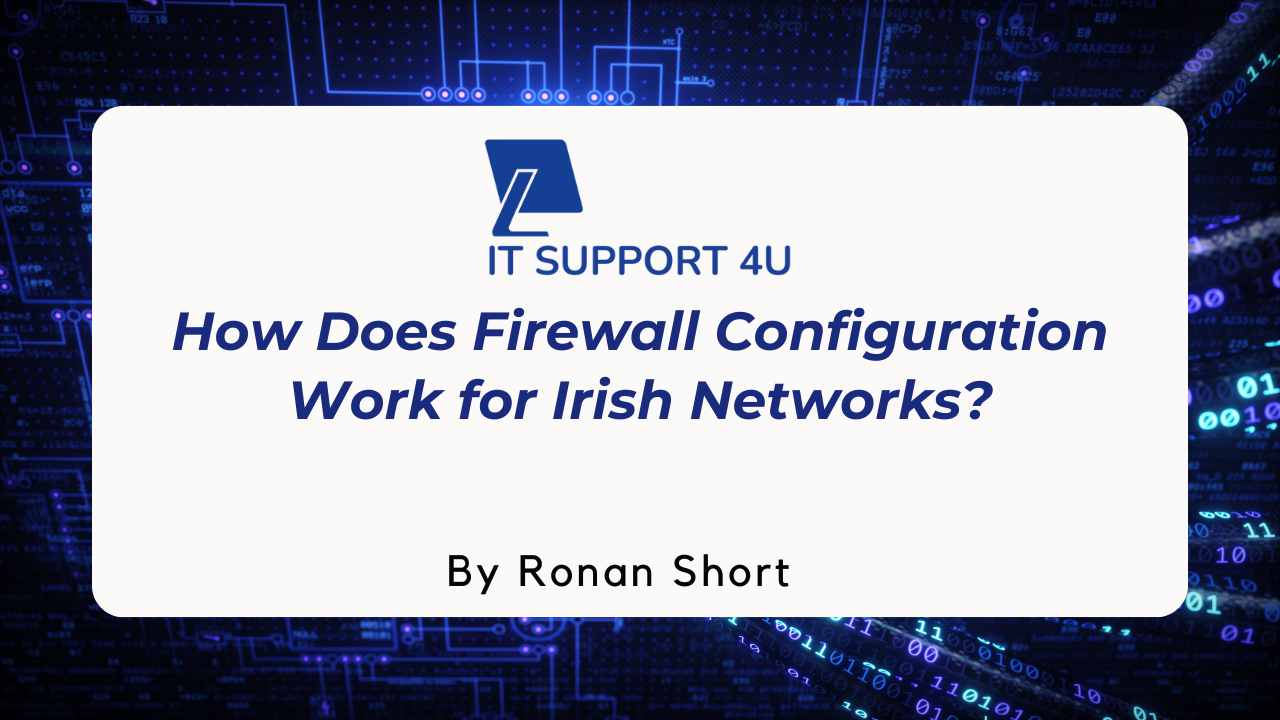Transitioning to a Managed IT Services Company is a strategic move for businesses seeking to optimise their technology operations. In today's dynamic digital landscape, this transition can provide a competitive edge by leveraging the expertise and resources of a specialised IT partner.
As technology becomes increasingly vital for businesses of all sizes, the need for expert management and support is undeniable. This guide will delve into the critical aspects of transitioning to a Managed IT Services Company.
From assessing your current IT infrastructure and needs to selecting the right service provider, we'll cover it all. You'll gain insights into the benefits, potential challenges, and best practises for a seamless transition that enhances your IT capabilities, reduces costs, and ensures a secure and efficient technology environment.
So, without any further ado, let's go!
Key Takeaways
- Transitioning to a managed IT services company involves documenting your IT assets and building a transition team.
- Handover dates need to be established carefully to ensure a smooth switch without disruptions in IT support.
- It's crucial to prioritise cybersecurity hardening during the transition process.
- Choosing the right managed IT services provider with a documented onboarding process, automation tools, and technology roadmaps can make the switch easier.
Steps to Transitioning to a Managed IT Services Company
To successfully transition to a Managed IT Services Company, there are several important steps that need to be followed.
Documenting your IT assets
We need to know about every piece of our tech gear. This is called 'Documenting Your IT Assets'. It needs all the bits of data, like what each tool does and who uses it. We can't miss any detail! This helps the new IT company understand better how we work with technology.
With a clear picture, they can help us quickly when problems come up.
Building a transition team
To ensure a smooth transition to a new IT service provider, it's important to build a strong transition team. This team should consist of individuals from different departments who can contribute their knowledge and expertise.
By involving key stakeholders, such as IT managers and department heads, you can gather diverse perspectives and make informed decisions.
The transition team will be responsible for coordinating the switch between the old and new IT providers. They will work together to develop a detailed plan that outlines the steps involved in the transition process.
This plan should include timelines, milestones, and responsibilities for each team member.
Moreover, during this period of change, effective communication is crucial. Regular meetings should be held to provide updates on progress and address any concerns or questions. The transition team should also ensure that all employees are informed about the upcoming changes and understand how they may be affected.
Establishing handover dates
Once you have documented your IT assets and built a transition team, the next step in transitioning to a managed IT services company is establishing handover dates. This means determining when the transfer of responsibilities from the old provider to the new one will take place.
So, it's important to coordinate this carefully to ensure a smooth switch without any disruptions in IT support. By setting clear handover dates, you can confidently plan for the transition and communicate with both providers effectively.
This helps to avoid any confusion or gaps in service during the process.
Ensuring cybersecurity hardening
To ensure that your transition to a managed IT services company is smooth and secure, it's important to take steps to strengthen your cybersecurity. This means implementing measures to protect your valuable data and systems from cyber threats.
One way to do this is by conducting a thorough assessment of your current security vulnerabilities and identifying areas for improvement. By working closely with your new IT service provider, you can develop a comprehensive plan that includes regular security updates, employee training on safe online practises, and the implementation of strong firewalls and antivirus software.
Regular monitoring and evaluation should also be carried out to ensure that these measures are effective in keeping your systems protected at all times.
In addition, it's essential to have proper backup systems in place so that you can quickly recover any lost or compromised data in the event of a cyberattack or system failure. Your new managed IT services provider can assist you in setting up reliable backup solutions tailored specifically for your business needs.
So, by prioritising cybersecurity hardening during the transition process, you can safeguard your business against potential cyber threats and maintain the integrity of sensitive information.
Making the Switch Easier with the Right Managed IT Services Provider
To make the transition to a managed IT services company smoother, it is essential to choose the right provider who offers a well-documented onboarding process and utilises automation tools and technology roadmaps. Read more to find out how.
Documented onboarding process
We understand that transitioning to a new IT service provider can be overwhelming. That's why we prioritise a documented onboarding process, ensuring a smooth and hassle-free switch for our clients. Here's how our onboarding process works:
- Assessment: We start by assessing your current IT infrastructure and identifying any gaps or areas for improvement.
- Planning: Once we have a clear understanding of your needs, we develop a customised plan tailored to your business requirements.
- Documentation: We carefully document all the necessary information about your systems, networks, applications, and processes to ensure a seamless transition.
- Training: Our team provides comprehensive training sessions to familiarise you and your staff with our services and tools.
- Data Migration: We work closely with you to migrate your data securely to our systems, minimising downtime and ensuring data integrity.
- Testing and Quality Assurance: Before going live, we conduct rigorous testing and quality assurance checks to ensure everything is functioning correctly.
- Go-Live Support: On go-live day, our dedicated support team will be available to address any issues or concerns as you transition smoothly to our managed IT services.
- Ongoing Support: After the transition, we provide continuous support, monitoring, and proactive maintenance to keep your IT environment running smoothly.
Automation tools
We understand that switching to a managed IT services provider can be overwhelming. That's why it's important to choose a provider that offers automation tools. These tools help streamline processes and make your transition smoother.
For example, they can automate routine tasks like software updates or network monitoring, reducing the burden on your team. Automation tools also ensure consistency and accuracy in managing your IT infrastructure.
With these tools in place, you can focus on other important aspects of your business while knowing that your IT needs are being taken care of efficiently.
Technology roadmap
Developing a technology roadmap is an important part of transitioning to a managed IT services company. It involves creating a plan for how your business will adopt and implement new technologies over time.
This roadmap helps ensure that your IT infrastructure stays up-to-date, secure, and efficient.
A technology roadmap includes identifying the current state of your IT assets and determining which areas need improvement or upgrading. It also involves setting goals for future technology adoption and outlining the steps needed to achieve those goals.
So, by having a clear technology roadmap in place, you can gradually add new services and solutions during the transition to managed IT services. This allows for a smoother integration of the new provider's offerings into your existing infrastructure.
Benefits of Transitioning to a Managed IT Services Company
Transitioning to a managed IT services company offers cost savings, increased IT support and expertise, and enhanced security measures.
Cost savings
When transitioning to a managed IT services company, one of the key benefits is cost savings. By outsourcing your IT needs, you can reduce expenses associated with hiring and training in-house staff.
Managed service providers (MSPs) typically offer flexible pricing models that allow you to pay for only the services you need, which can result in significant cost reductions. Additionally, MSPs have economies of scale that enable them to invest in advanced technology and infrastructure, reducing your upfront investment costs.
Moreover, with a managed IT services company, you can enjoy cost savings while still receiving high-quality IT support and expertise.
Increased IT support and expertise
When transitioning to a managed IT services company, one of the major benefits you can expect is increased IT support and expertise. With a dedicated team of professionals handling your IT needs, you'll have access to their knowledge and experience in managing complex technology infrastructure.
They will be equipped to handle issues efficiently and provide proactive solutions to prevent problems before they occur. This level of support ensures that your systems run smoothly and that you receive the assistance you need whenever any technical challenges arise.
Additionally, the expertise offered by the managed IT services provider allows them to offer valuable guidance on optimizing your technology investments, implementing best practices for cybersecurity, and strategizing for future growth.
Enhanced security measures
Transitioning to a managed IT services company can greatly enhance security measures for Irish homeowners. With a dedicated team of experts focused on managing and protecting your IT infrastructure, you can have peace of mind knowing that your data and systems are being safeguarded around the clock.
The new managed services provider will work closely with you to ensure cybersecurity hardening and implement the necessary measures to protect against potential threats. This includes regular updates and patches for software, robust firewalls, secure network configurations, encryption protocols, and proactive monitoring for any signs of suspicious activity.
So, by transitioning to a managed IT services company, you can significantly reduce the risk of cyberattacks and ensure that your home's digital assets are well protected.
Elevate Your Business with Managed IT Services!
In conclusion, transitioning to a managed IT services company involves carefully documenting your assets and building a transition team. So, it's important to establish handover dates and ensure cybersecurity measures are in place.
However, by choosing the right provider with a documented onboarding process and automation tools, the switch can be made easier. Overall, transitioning brings benefits like cost savings, increased support, expertise, and enhanced security measures for your business.
Get an IT Plan Today!













